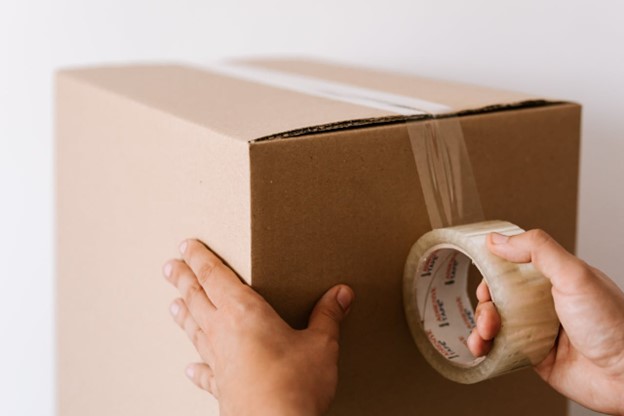My blog focuses on Financial Literacy/Money and Business/Entrepreneurship. One the most import aspects of your business is your physical premises. In many instance, your premises appearance will impact your business’ operations. The following contributed post is entitled, Essential Tasks to Keep Your Business Premises Looking Their Best.
* * *

Image Pexels CC0 License
Creating the best possible first impression of your business is absolutely essential if you are to keep attracting customers. Every business owner wants to ensure that their customers and potential customer think about their business in a favorable way. One of the most effective ways to do this is by ensuring that your company is well-presented and represents the brand in a positive way. Keeping your business premises looking at their very best is one of the most effective ways to achieve this. You want your customers to feel positively about your business premises every time they visit. Here are some of the practical ways you can ensure that your business premises always look their best:
Keep Up With Maintenance Tasks
All buildings require maintenance to keep them looking at their best, and this is especially true for commercial buildings that are subject to lots of wear and tear. Simple maintenance tasks, such as ensuring that everything is in a good state of repair, that paintwork looks fresh, and that the building looks well cared for is essential if you want to build trust with your customers.
Make Cleaning a Priority
One of the most basic things to do to ensure your business premises always look at their best is to ensure that they are always spotlessly clean. Areas with heavy foot traffic can become dirty extremely quickly, and this can instantly create a negative impression. Ensuring that these areas are cleaned regularly will help to maintain the positive first impression that you are hoping to achieve.
Keeping up with basic cleaning tasks may be simple enough. However, there are some more intensive cleaning jobs that also need to be dealt with. One of these is the removal of chewing gum. Chewing gum removal is no easy task. But leaving it to litter external areas of your business premises looks unsightly and creates a negative first impression. Investing in gum removal equipment that helps your cleaning team to remove gum quickly is an excellent way to keep your premises looking pristine.
Set Clear Expectations
Ensuring that your business premises consistently look clean and tidy is vital. But this can only be achieved if your cleaning and building maintenance teams have a clear idea of what you want the space to look like. Setting clear expectations and standards detailing the tasks that need to be performed and how frequently they should be done is a helpful way to keep your business premises looking at their absolute best at all times.
Final Thoughts
It’s helpful to think of your business premises as a visual representation of your brand. You want to ensure that your business is respected and trusted by customers, and make sure your buildings communicate these values is a must. Once you get into the rhythm of looking after your premises, and get them looking at their best, it will be so much easier to keep them this way and to continue creating that all-important first impression for your customers.













